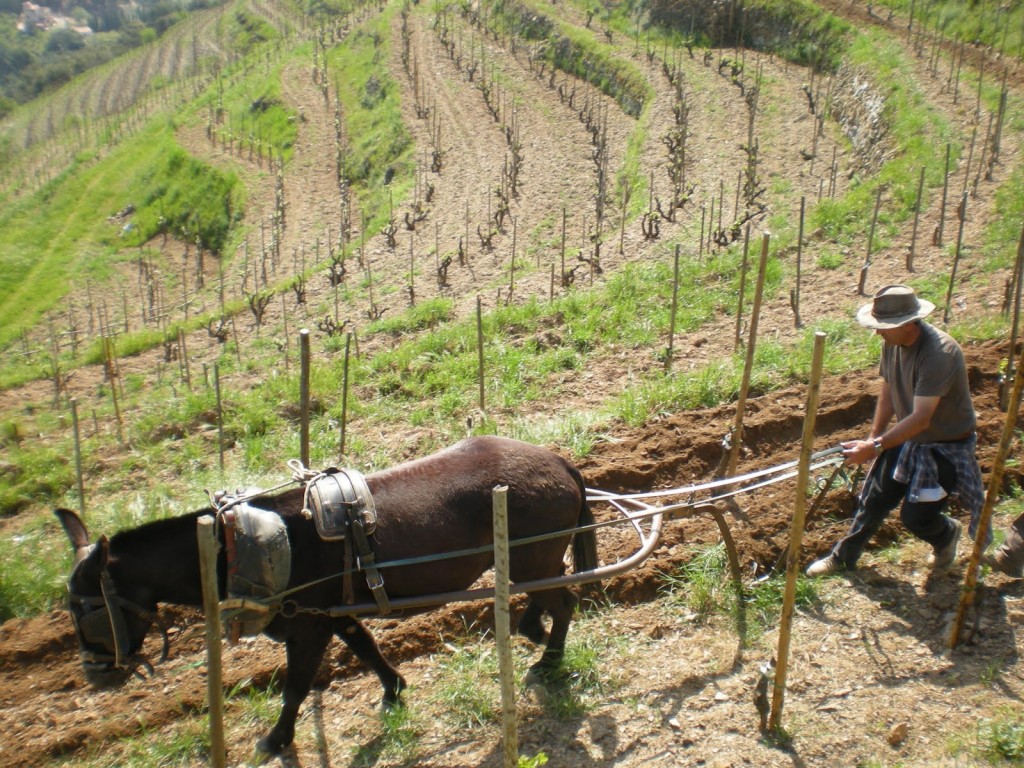 Priorat
Priorat
D.O.Ca is the highest qualification level for a wine region according to the Spanish wine regulations. There are only two wine regions in Spain to qualify as D.O.Ca; Rioja and Priorat.
The D.O.Ca of Priorat covers a small region of fewer than 20,000 hectares, of which only 1,600 hectares are planted with vines.
The story of Priorat is one of the most amazing in the world of wine. An isolated, deserted rocky wilderness to the south-west of Catalonia, it has been transformed from a forgotten rural backwater to the home of Spain’s most recognized wine in just over 20 years.
As recently as 1990, the Catalan government published a large book celebrating 1,000 years of viticulture in the region. Priorat did not even warrant a mention. With just one dirt track road connected the largest village with the rest of Spain and rudimentary infrastructure, no-one wanted to know about it. Making wine here was hard work and you got little reward as most was sold in plastic drums for pennies by the local cooperative.
But still, it is a place beautifully frozen in time, where ancient stone villages survive almost entirely on agriculture, where the local breakfast spot is packed every morning of the harvest, and where tourism is virtually unknown.
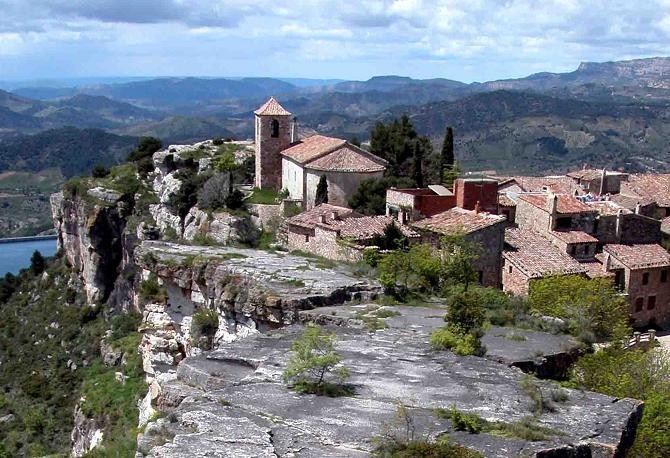
Ever since the 12th century, when monks established the Priorat de Scala Dei, vines have been grown on the craggy hillsides of Priorat. Indeed, the old stone terraces carved into treacherously steep hillsides testify to the indomitable human thirst for wine.
Many of those terraces were left to crumble in the late 19th century, after phylloxera ravaged Priorat, along with most European vineyards. And, while some of the vineyards were replanted, largely with garnacha and cariñena, or grenache and carignan, many were later abandoned as farmers left to find work in cities in the mid-20th century.
Only when a group of intrepid Spanish producers arrived at Priorat in the 1970s, believing in the region’s promise, did a recovery truly commence.
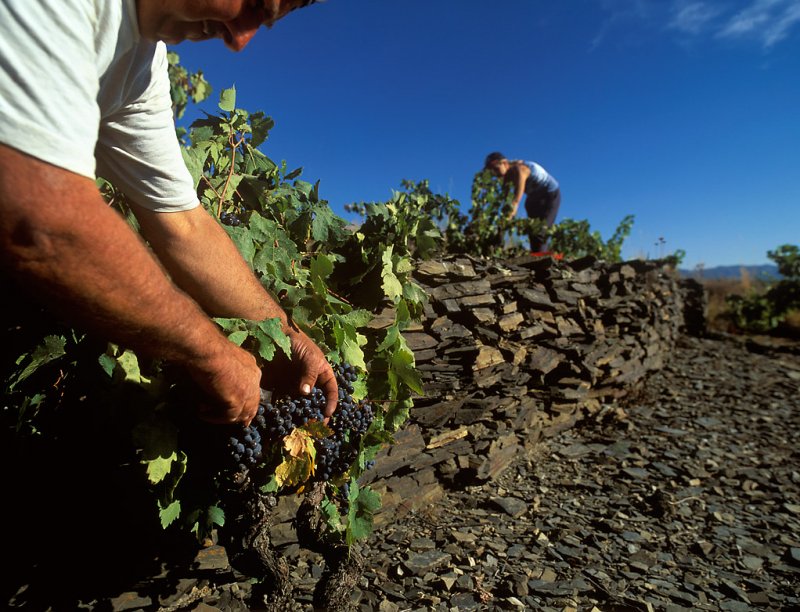
Terraces were rebuilt, they are like enormous staircases, creating a pretty picture but back-breaking work for those who have to pick the grapes by hand; machine harvests are all but impossible there. Vineyards were revived or planted anew and winemaking facilities were constructed.
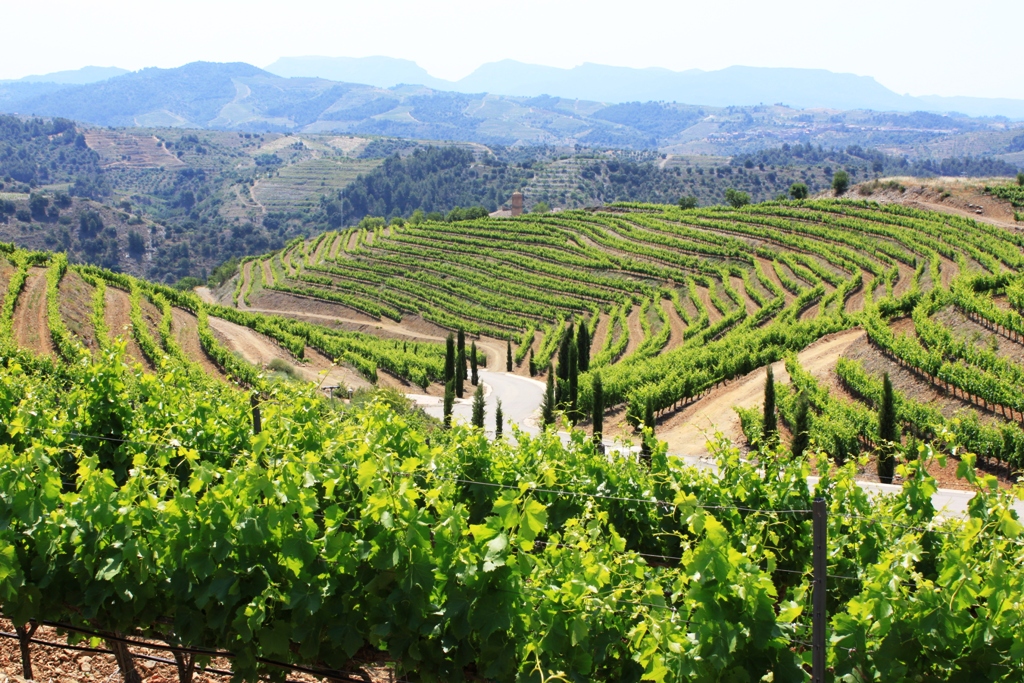
While old stands of garnacha and cariñena are still the most important grapes in Priorat, some internationalization was perhaps inevitable. Cabernet sauvignon, merlot and syrah have also been planted, though they are largely added as blending grapes. French oak barrels are widely used for aging, further fueling suspicions of homogenization, and, to seal the deal, the reds are powerful and concentrated, leading to thoughts that fill your senses.
The landscape is abrupt and a real challenge for its producers or in the words of the Catalan writer, Josep Pla, ‘cataclismatic’. Therefore, working the vineyards is a complicated, demanding and costly undertaking.
In the Priorat, on the lower floors of certain houses, many well over a hundred years old, winemakers and vintners can be found at work, making wine to fill no more than a few thousand bottles. Their wine comes from vines planted when it was still a sin for women to bare their arms.
Having said this, they produce exceptional grapes which, in the expert hands of passionate viniculturalists, are transformed into excellent wines that are known for their marked character.
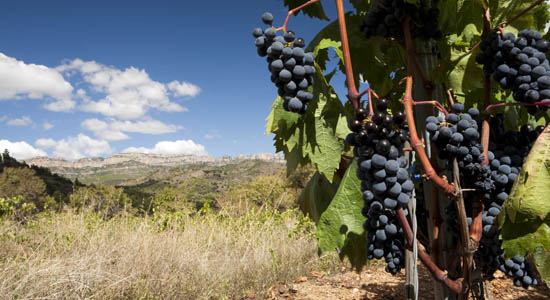
The wines of Priorat are the real thing, distinctive and powerful expressions of a highly unusual terroir.
